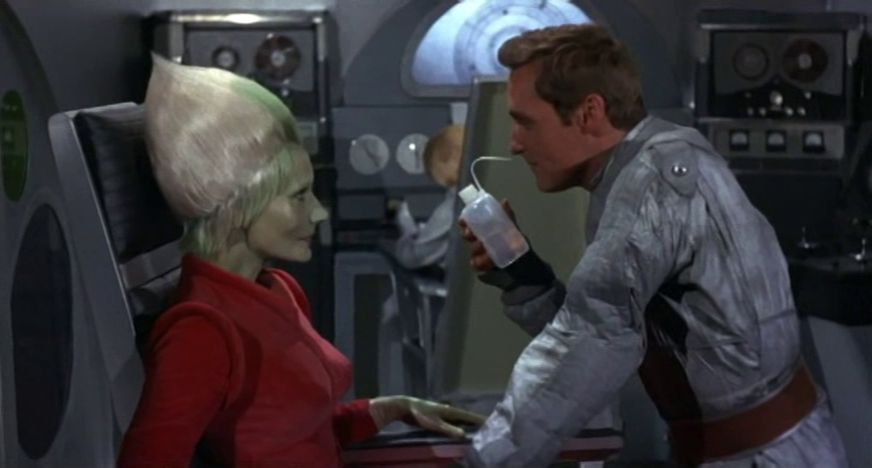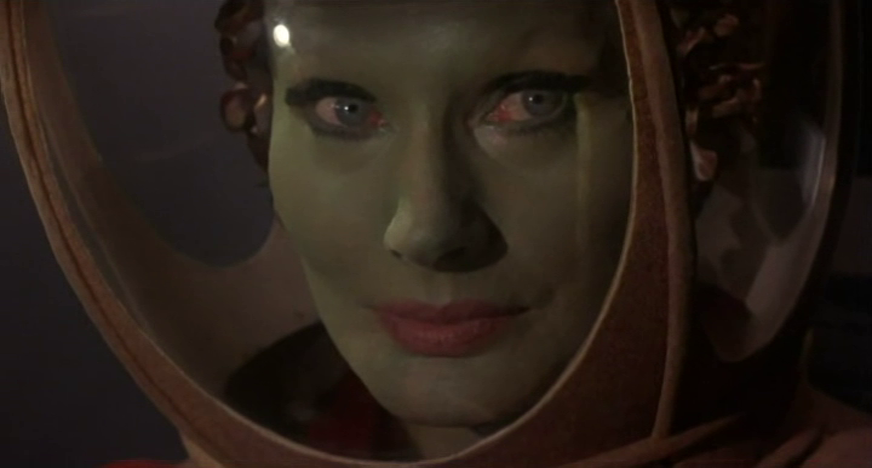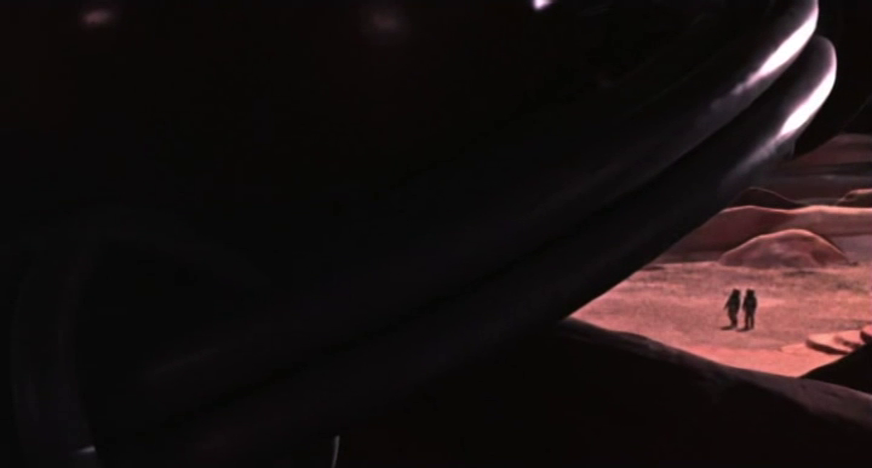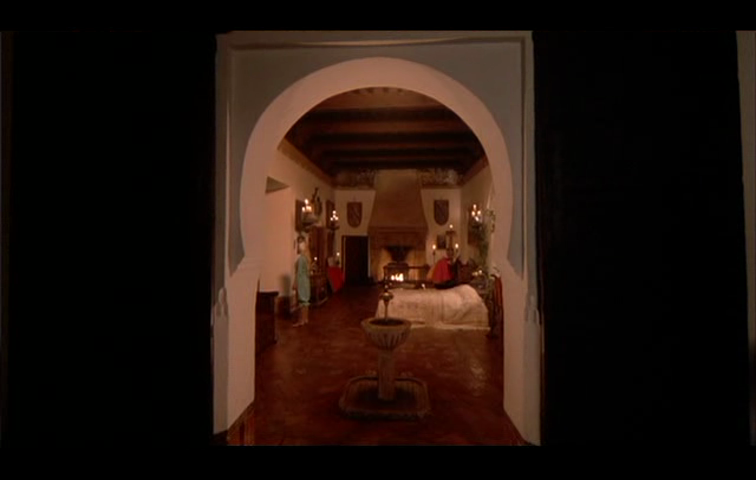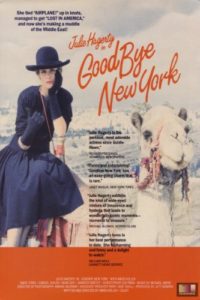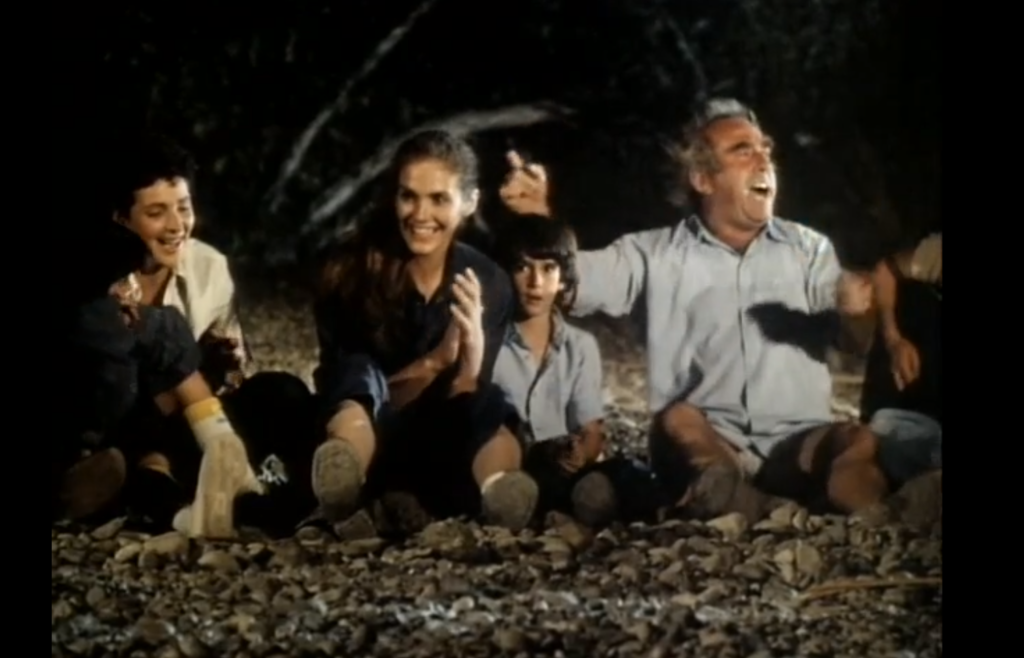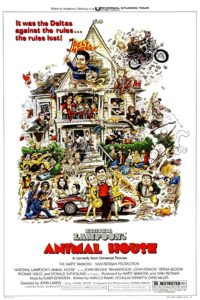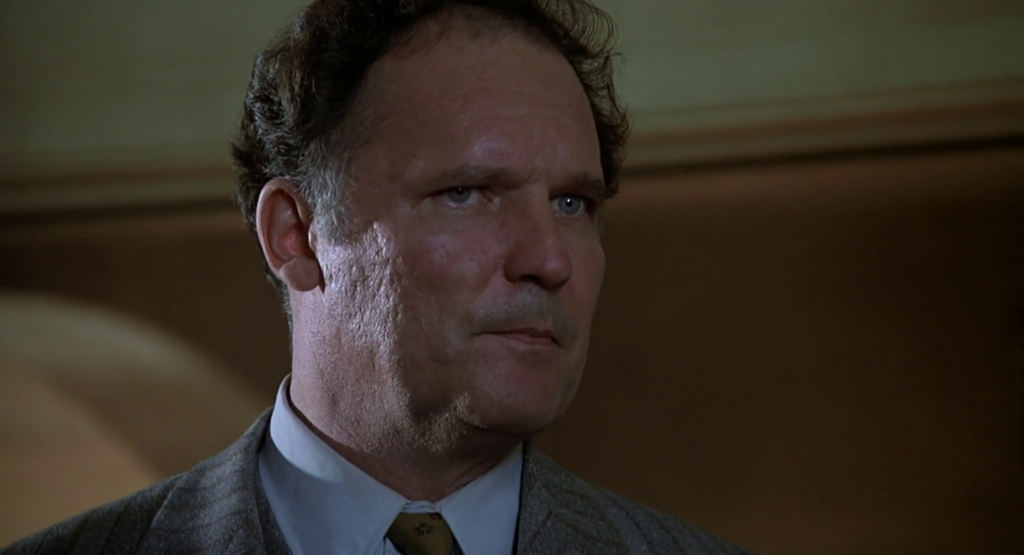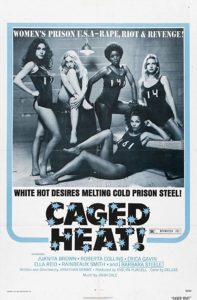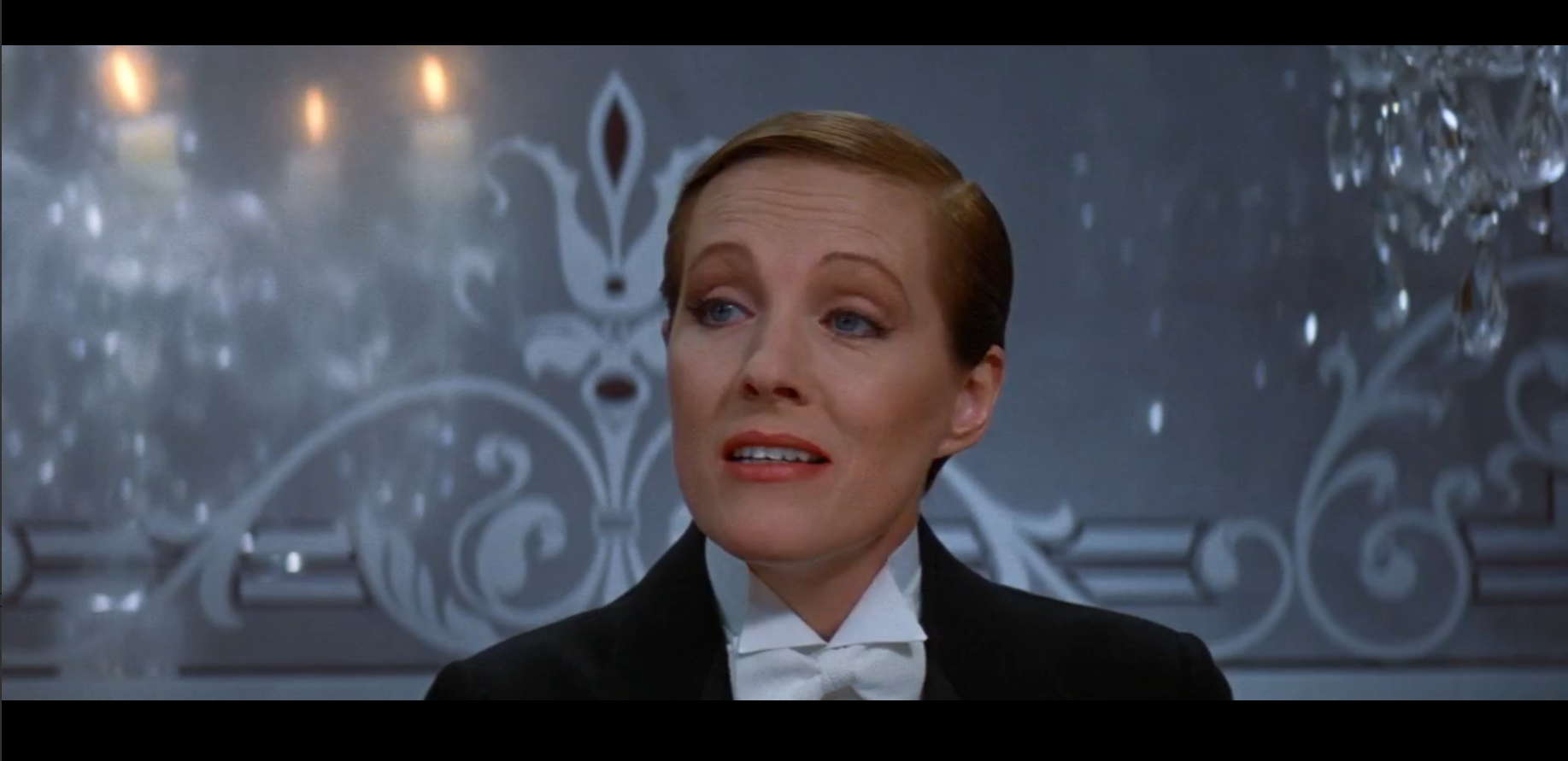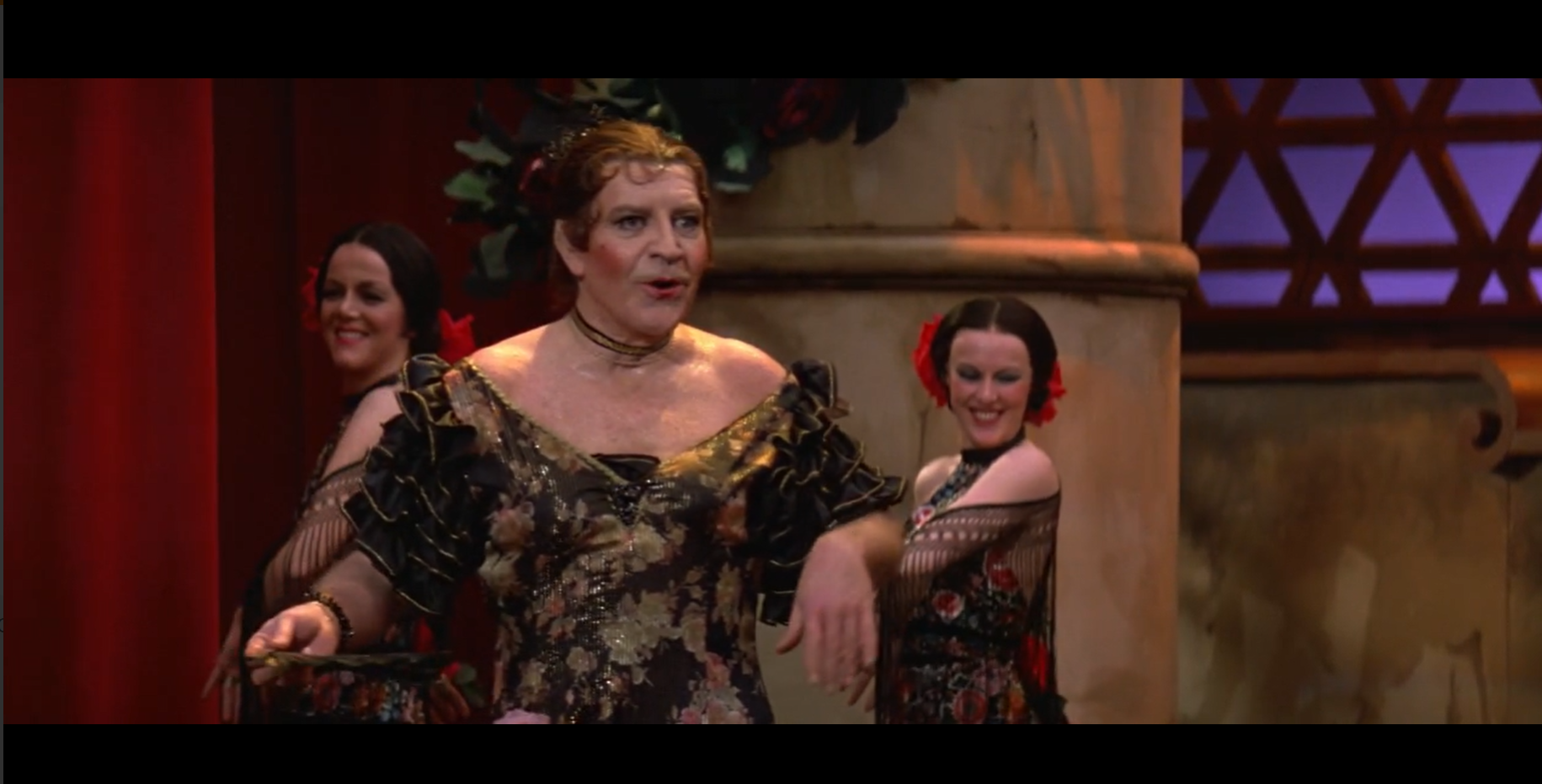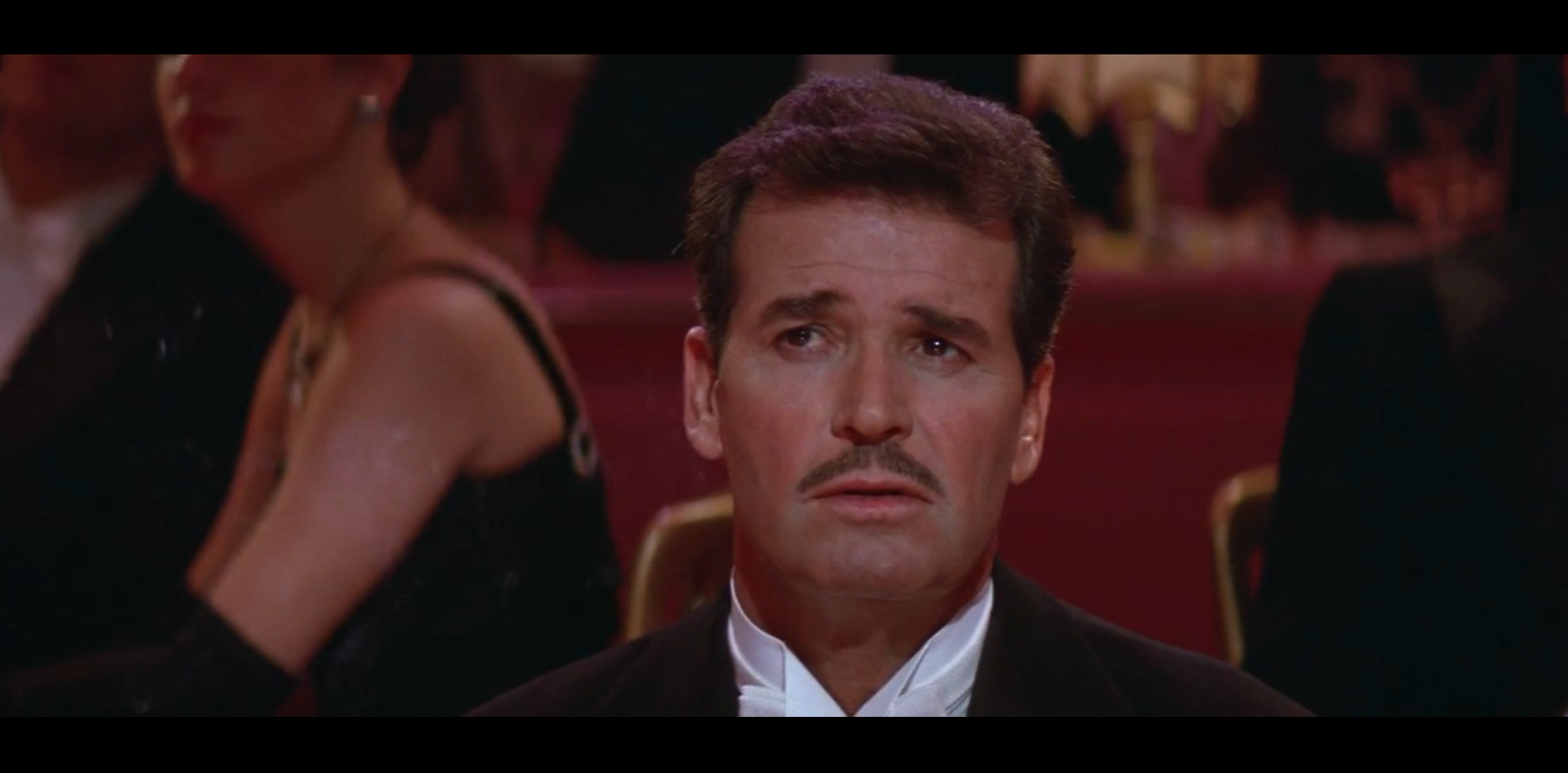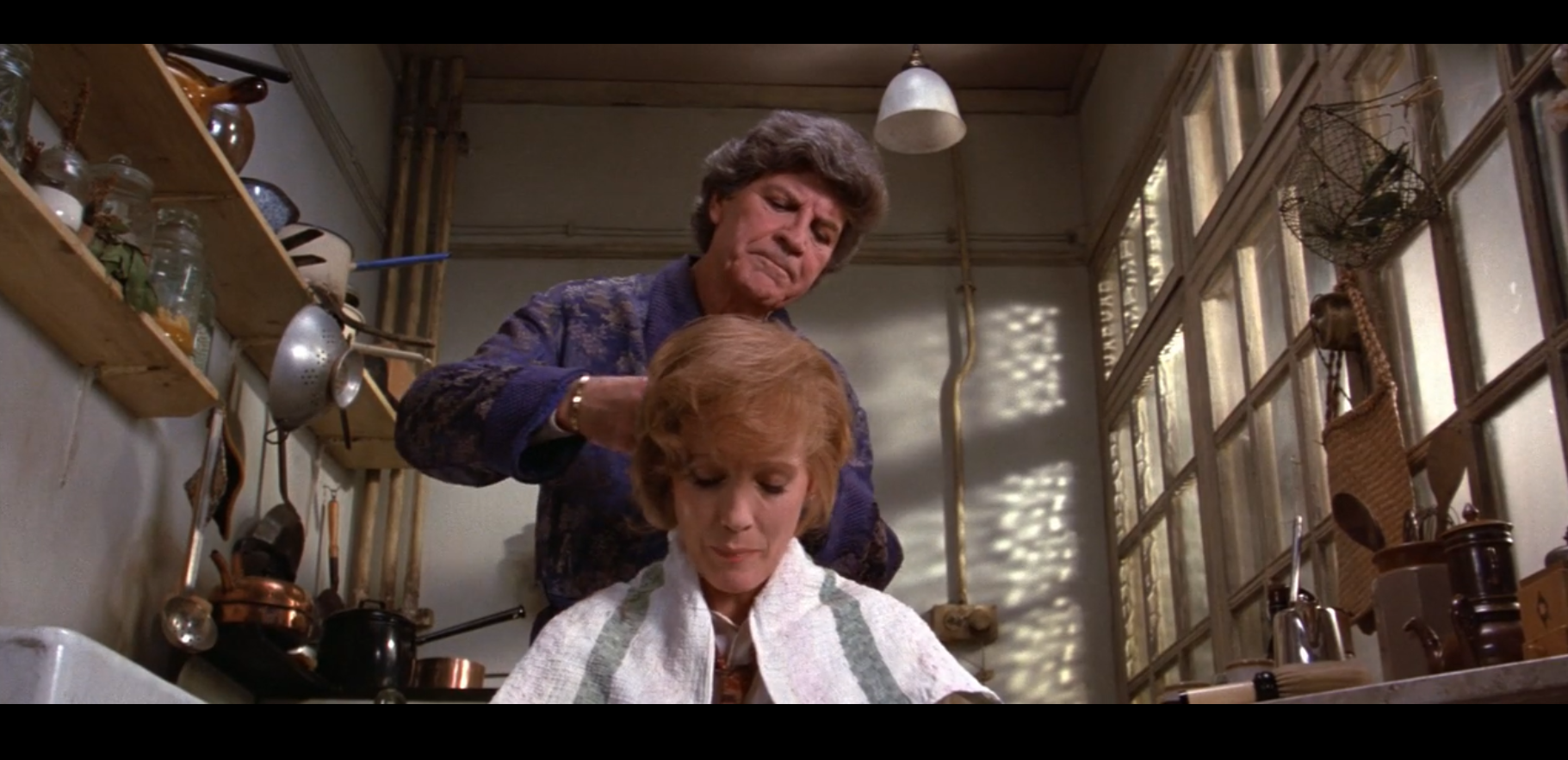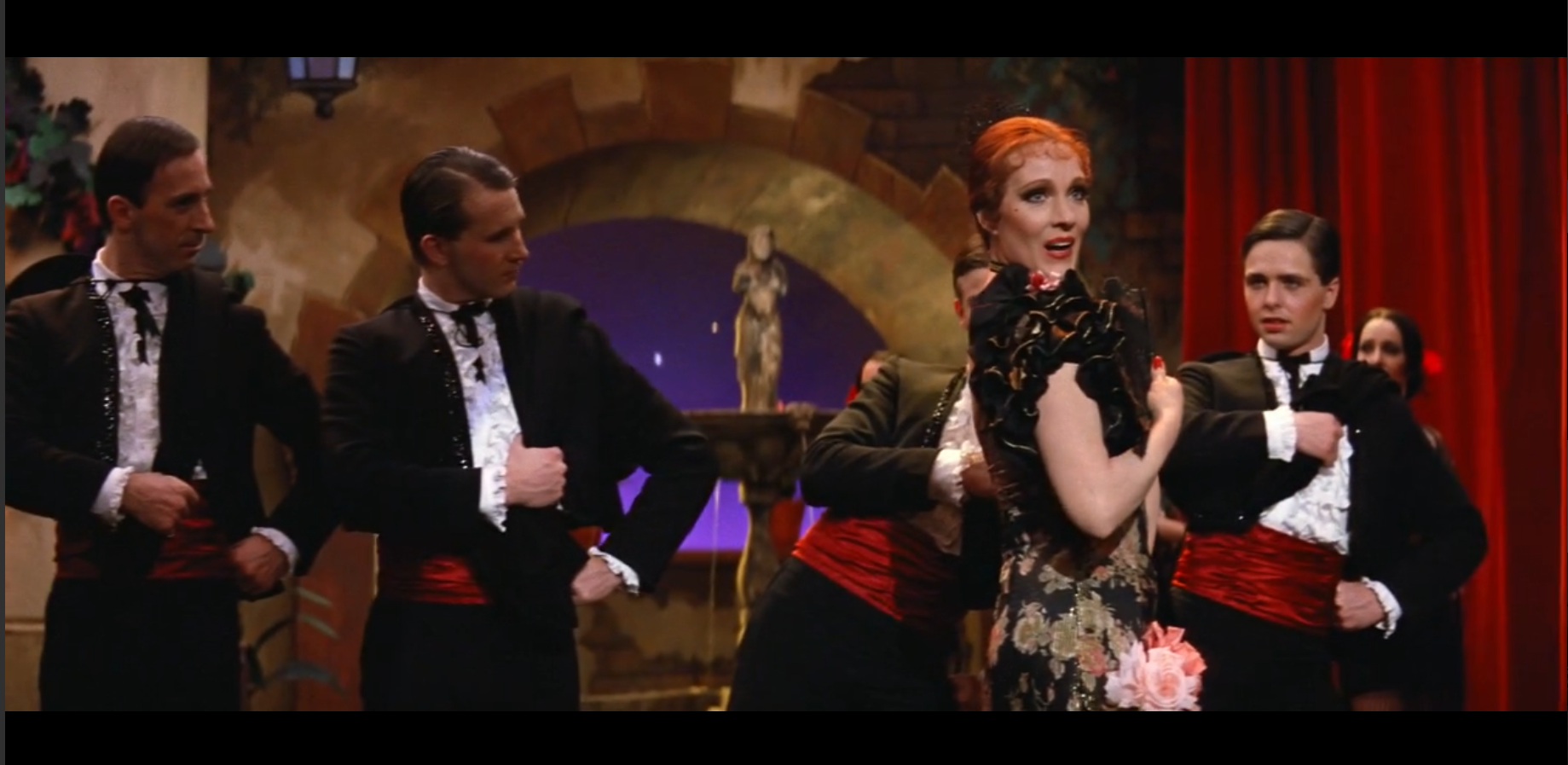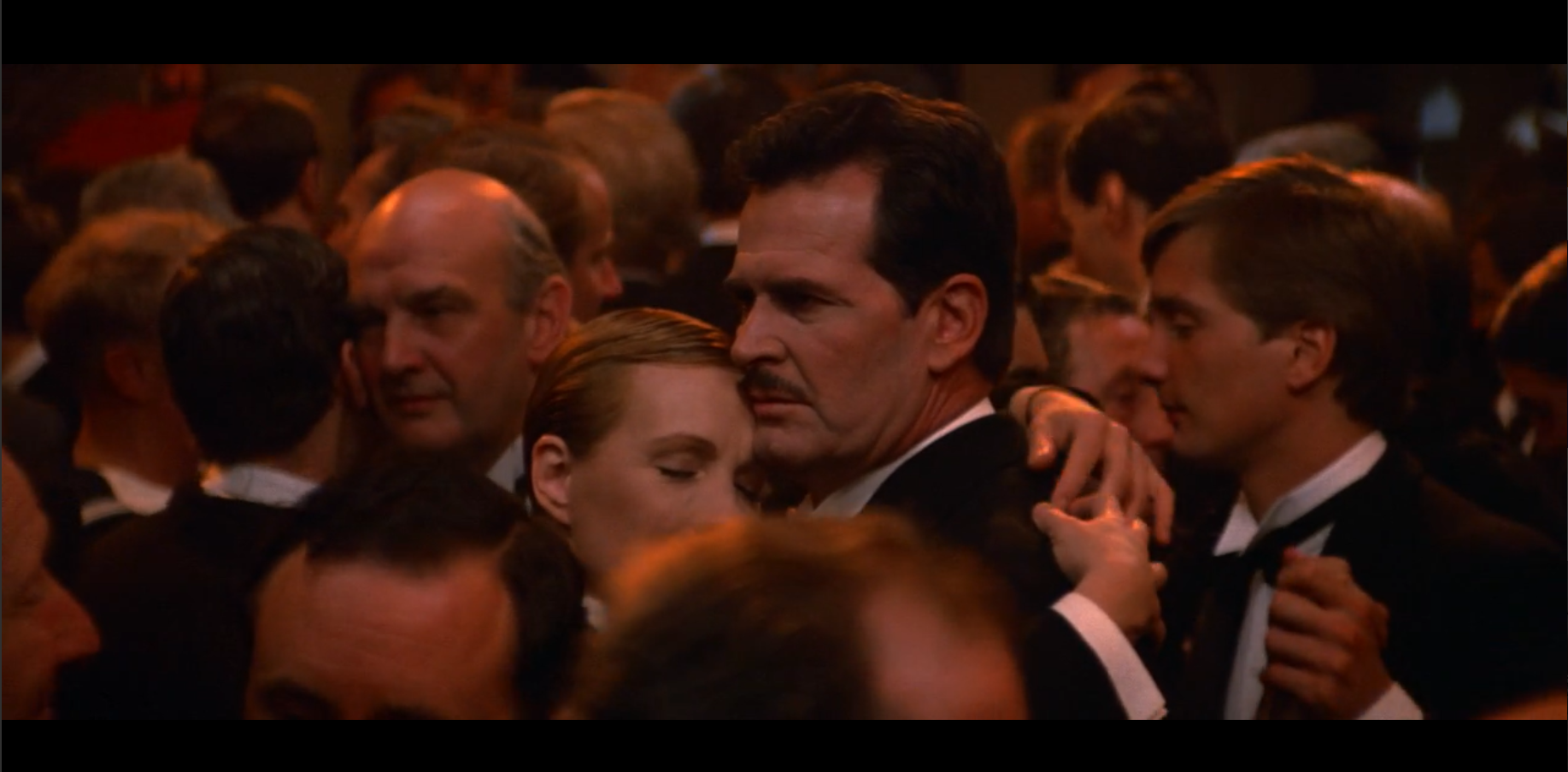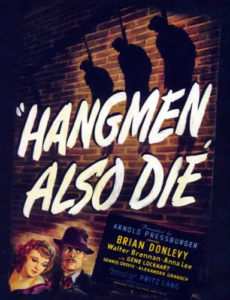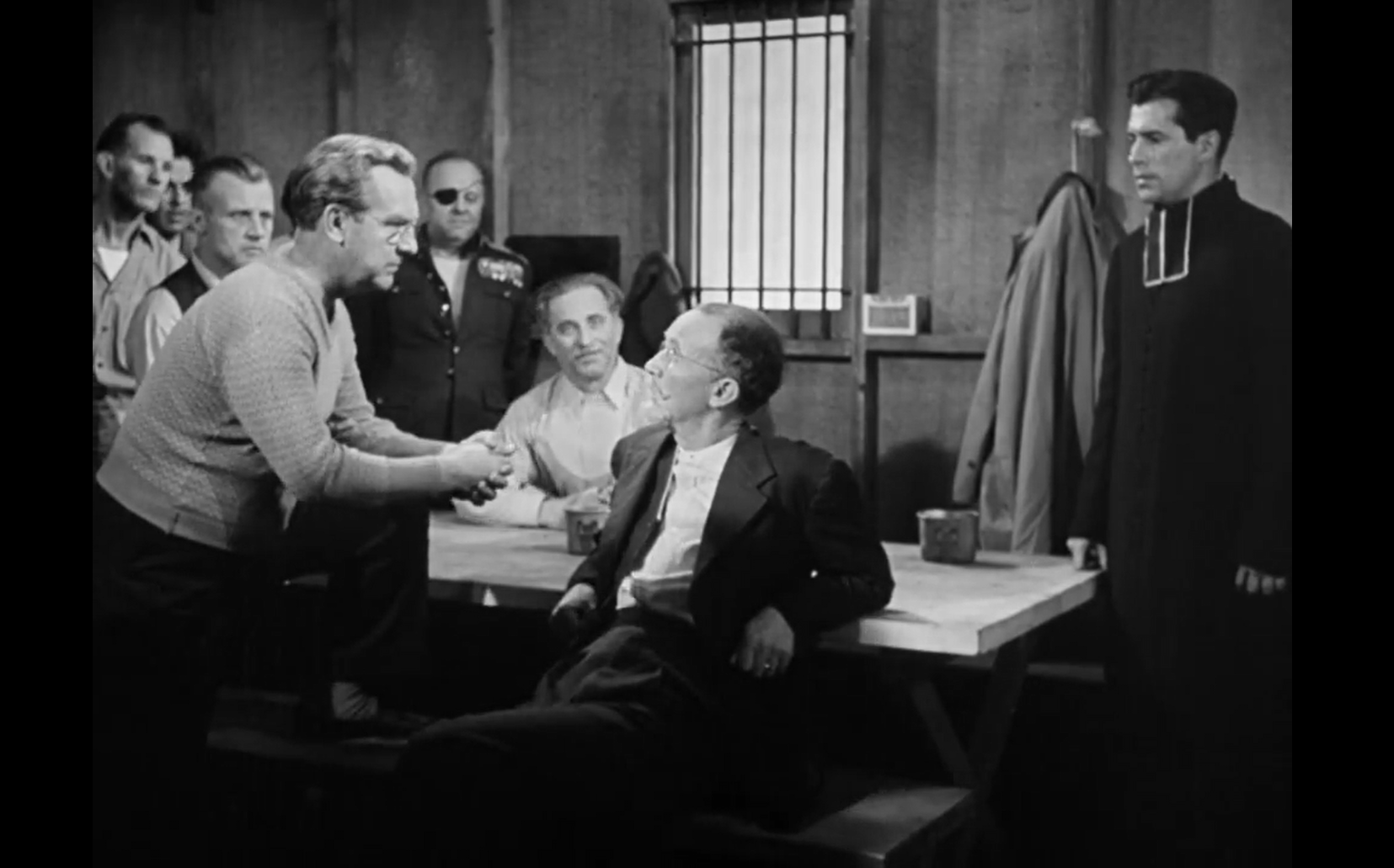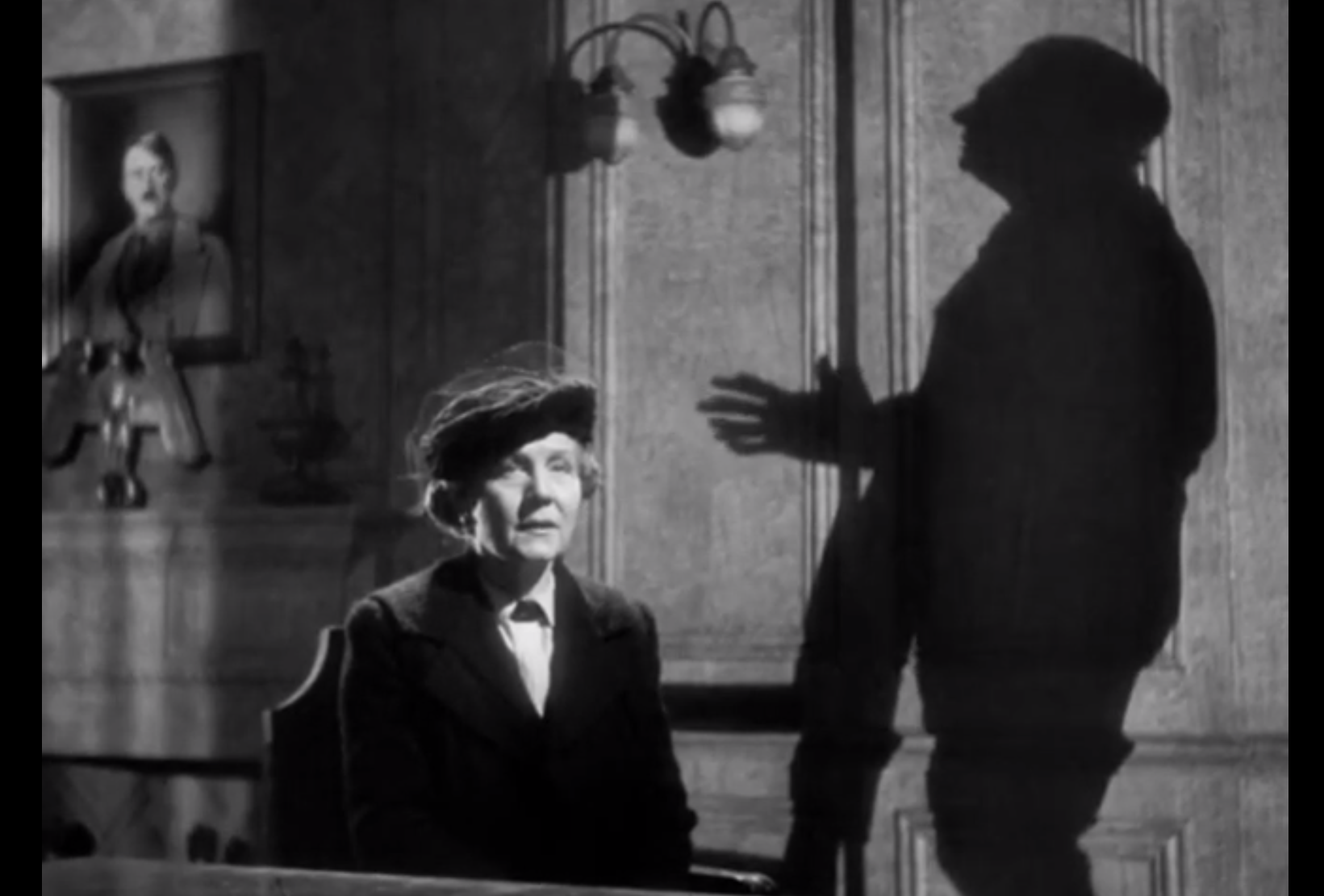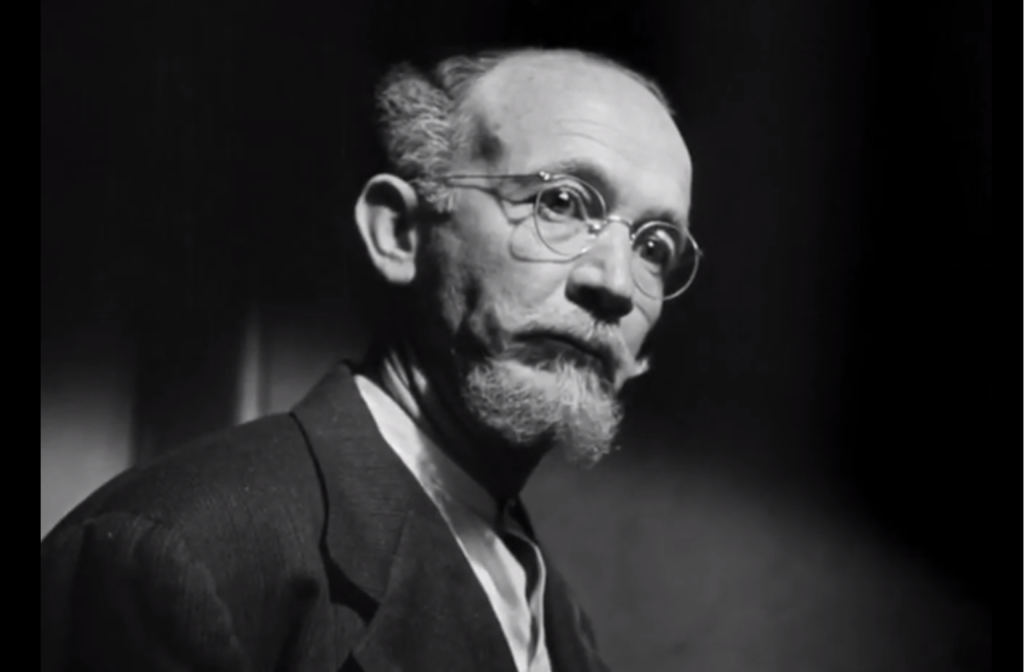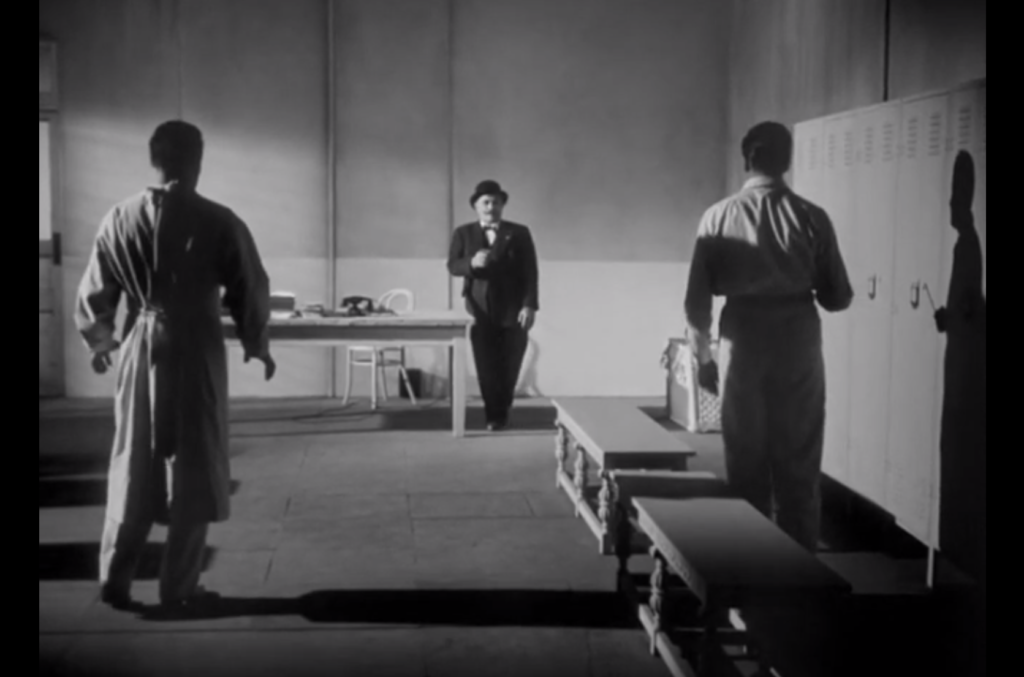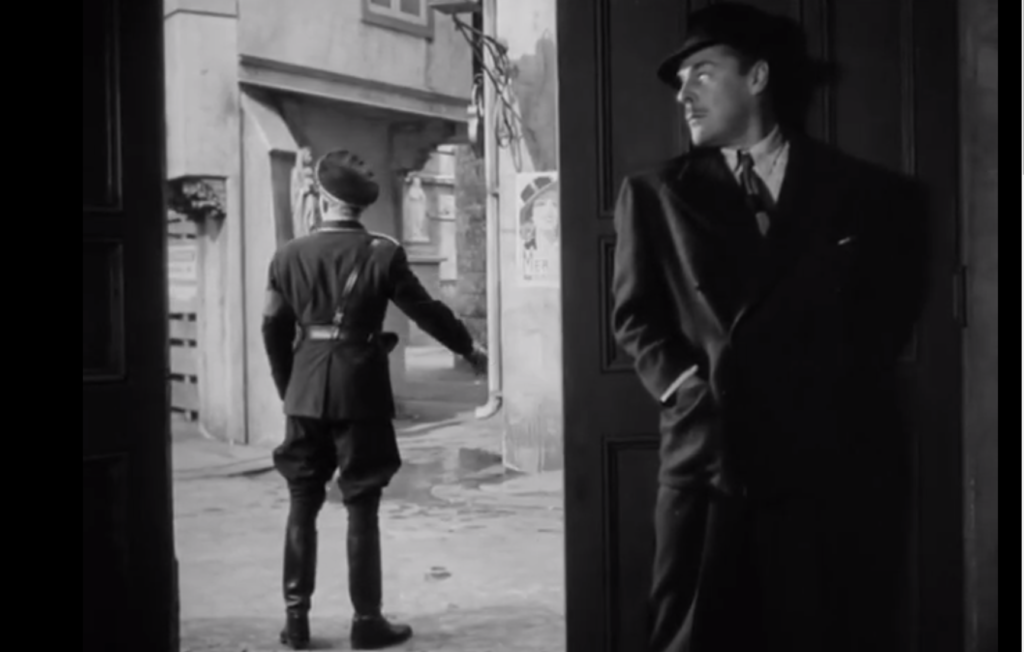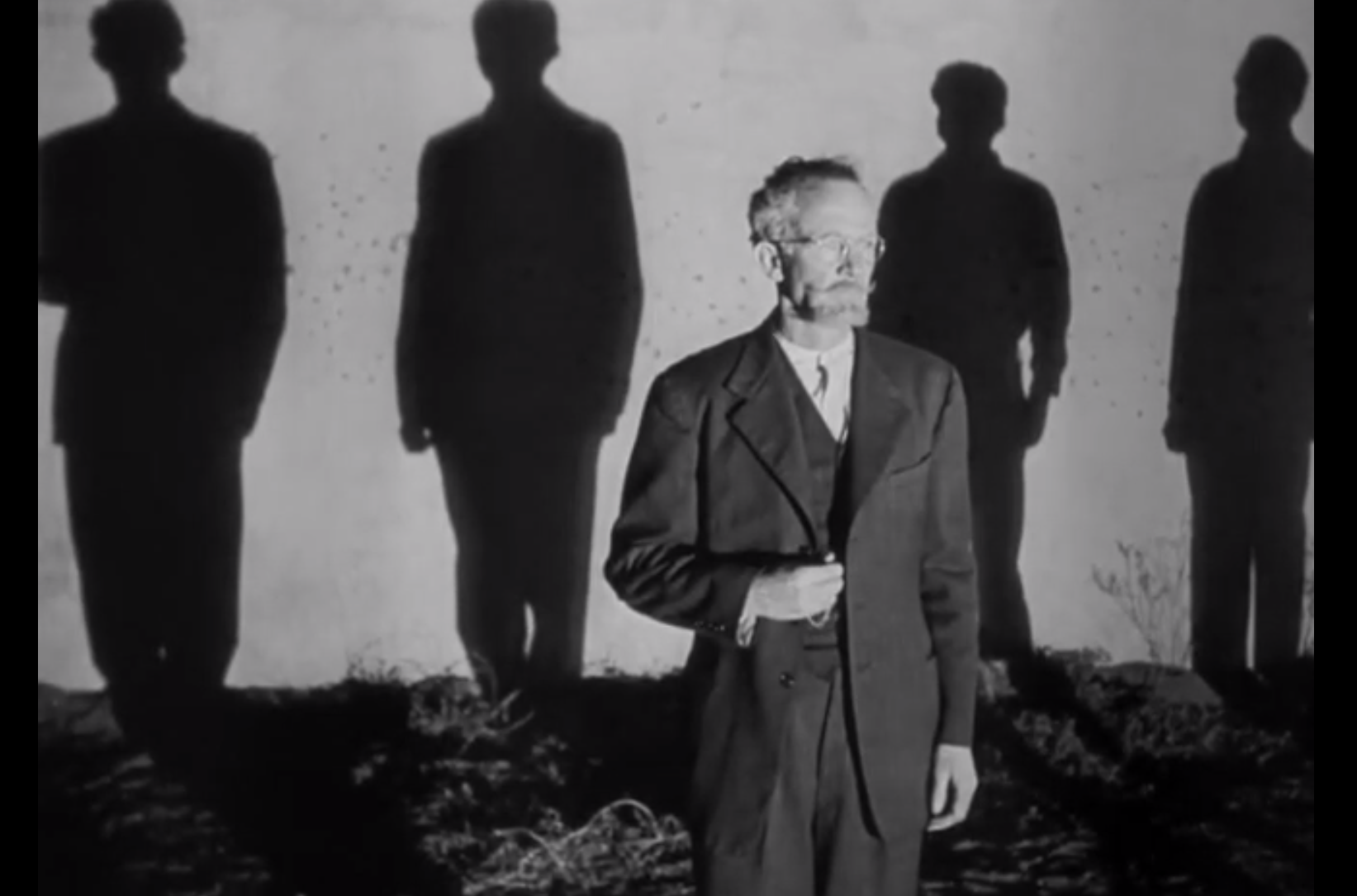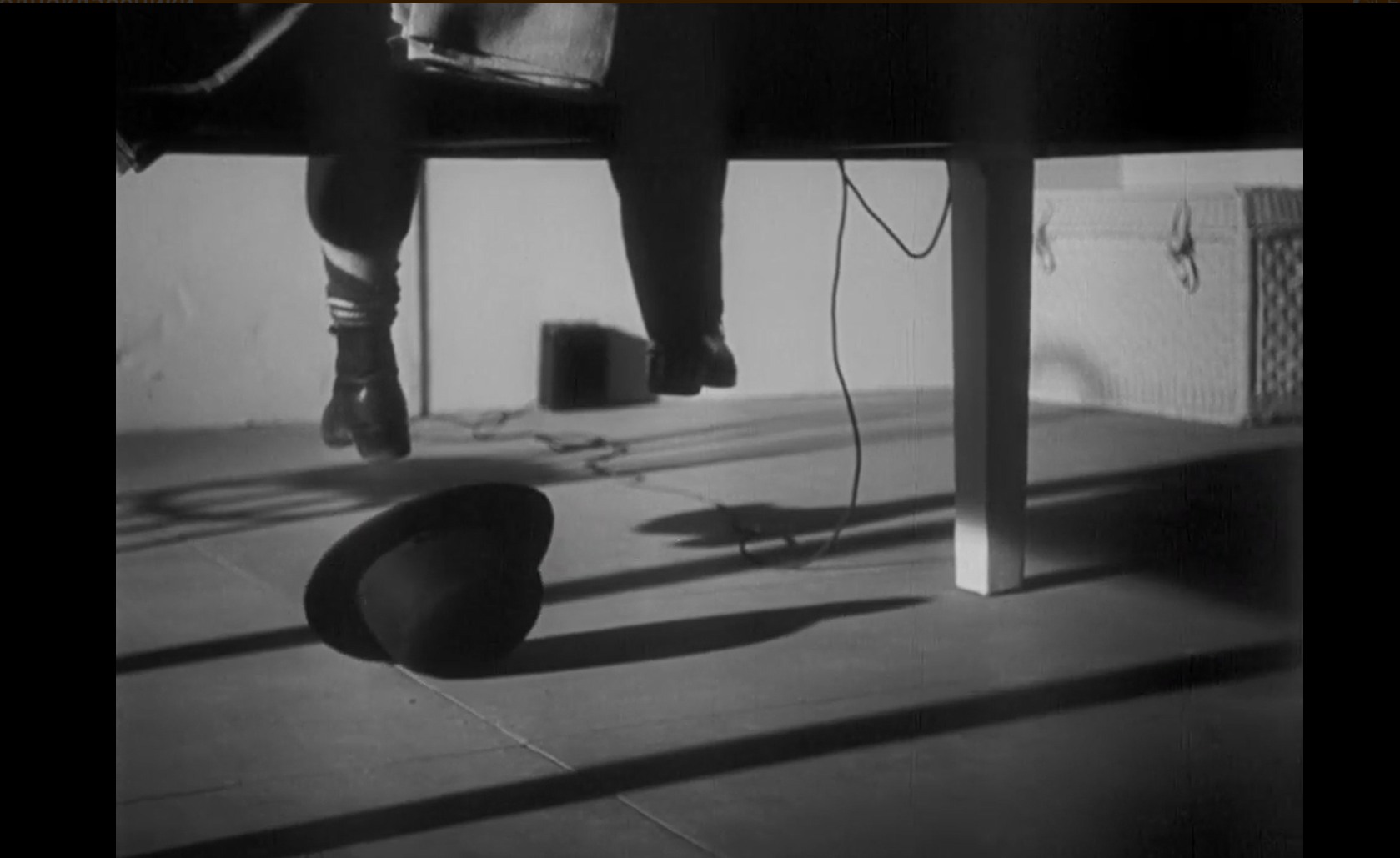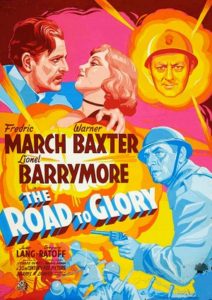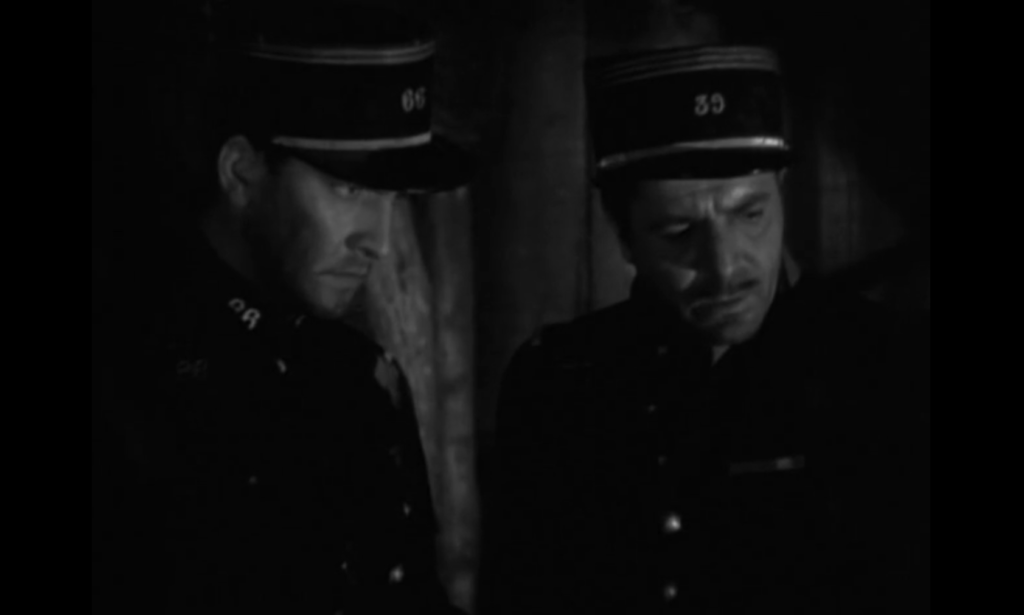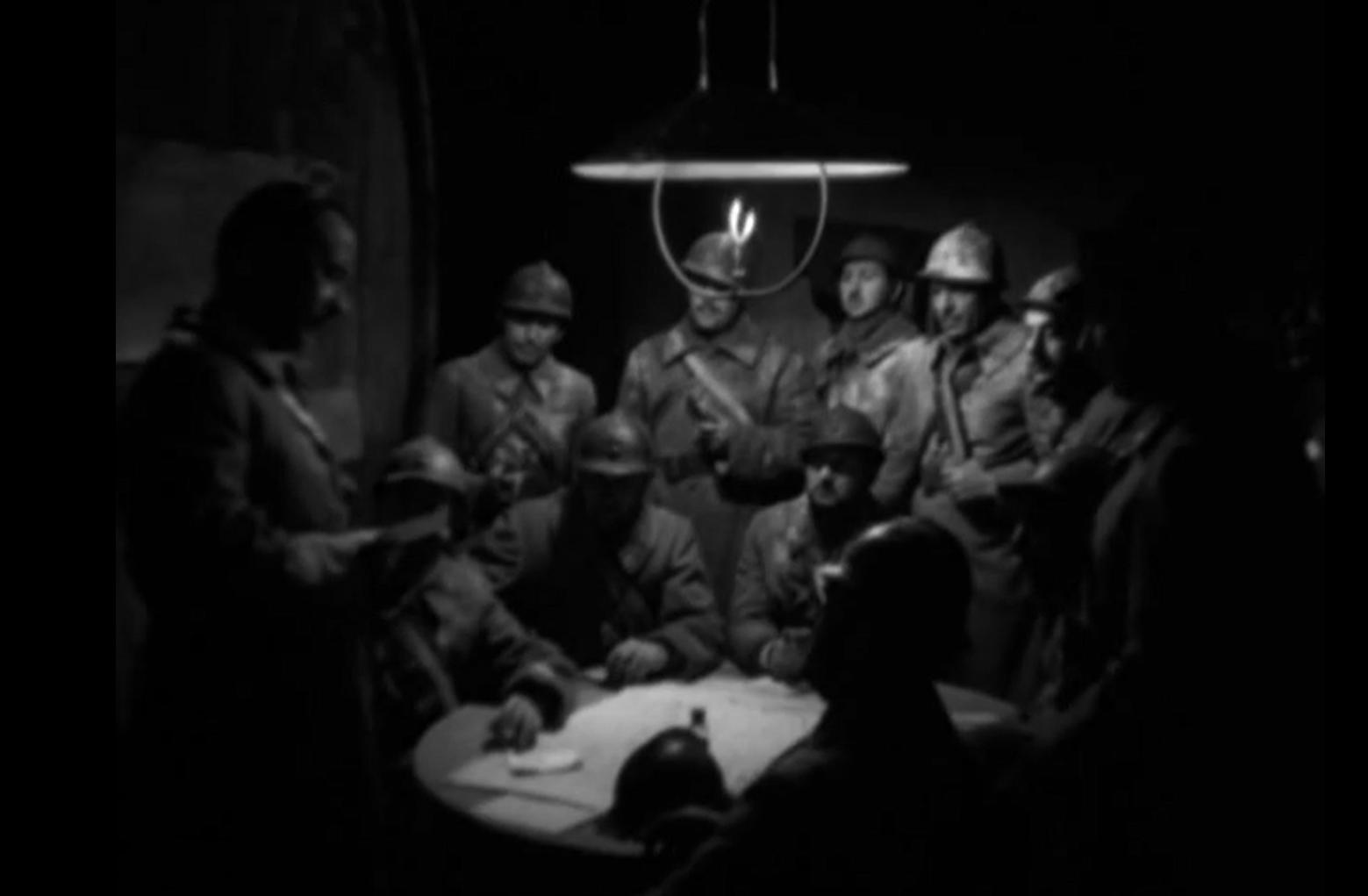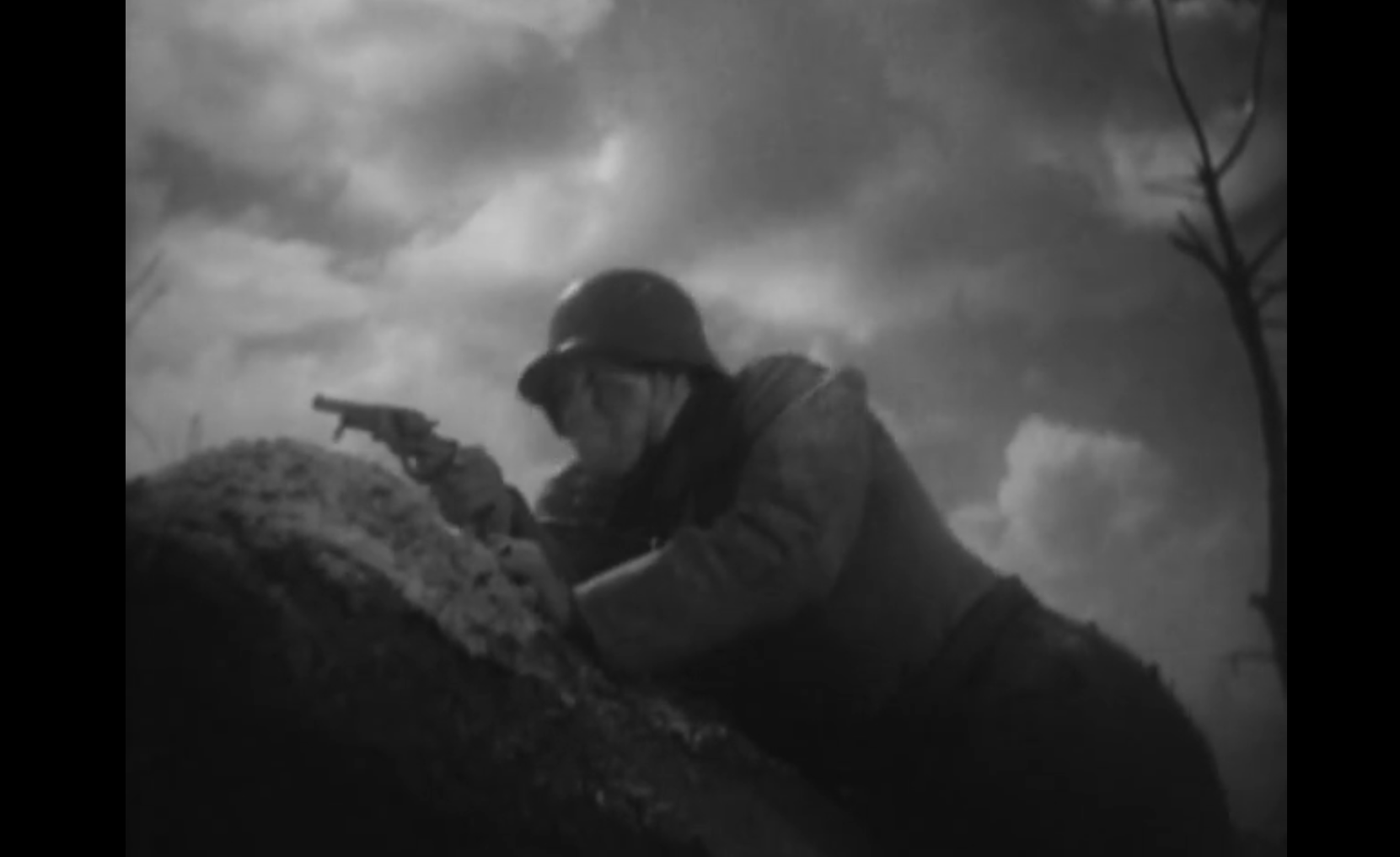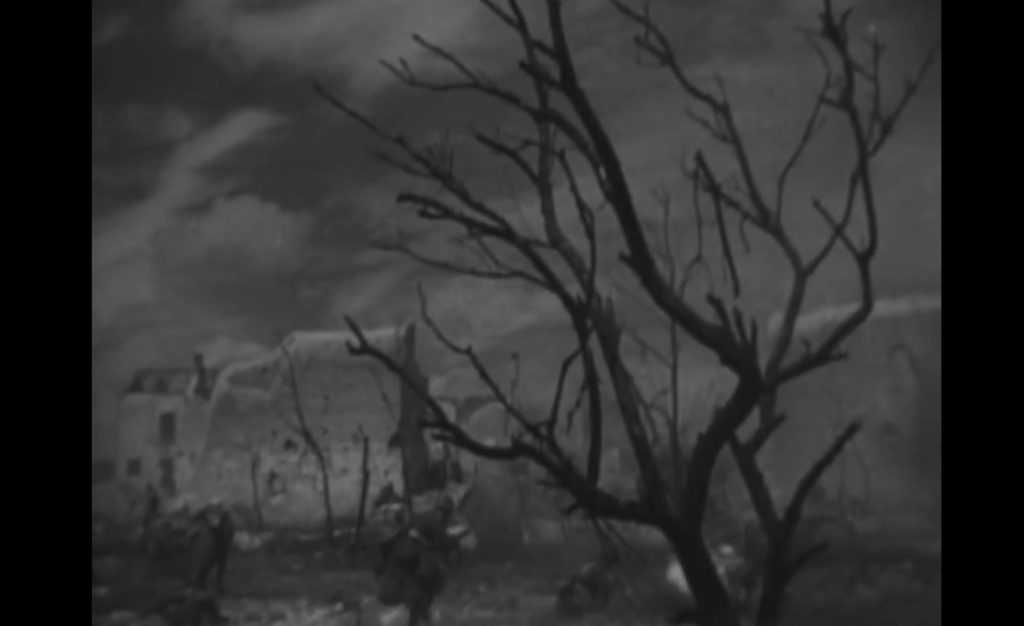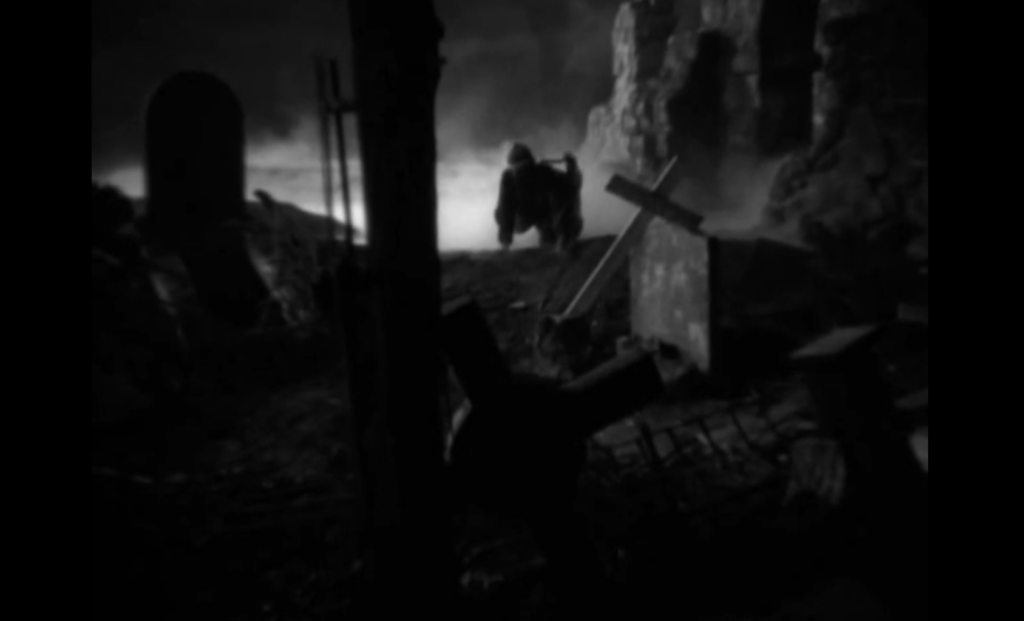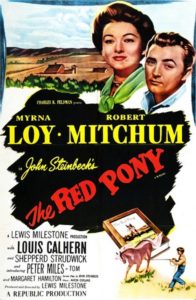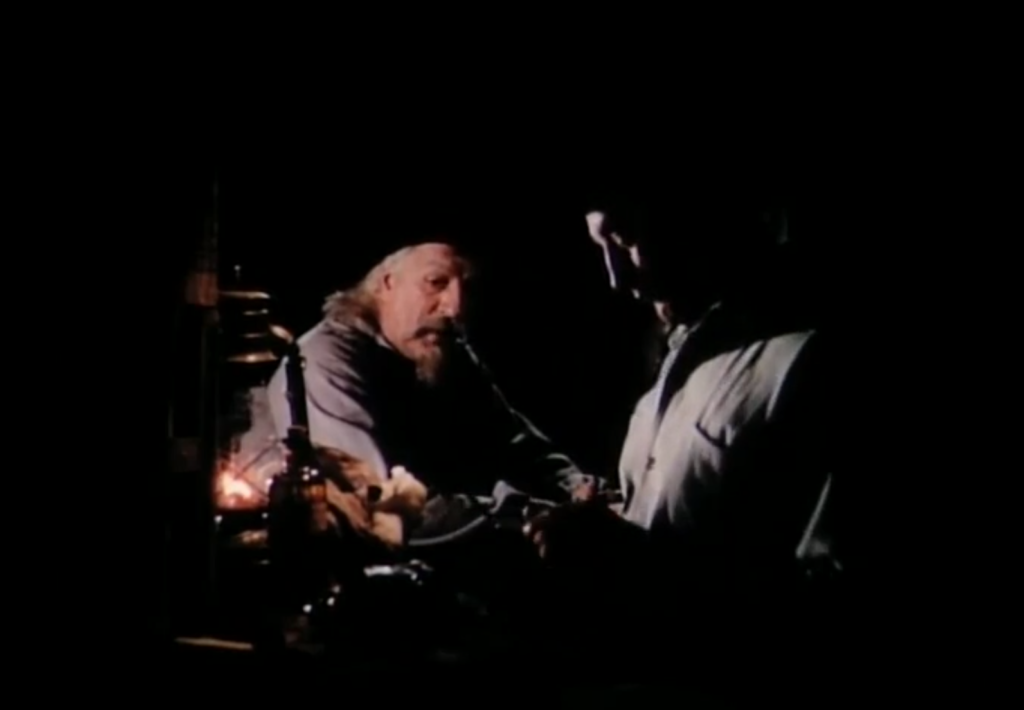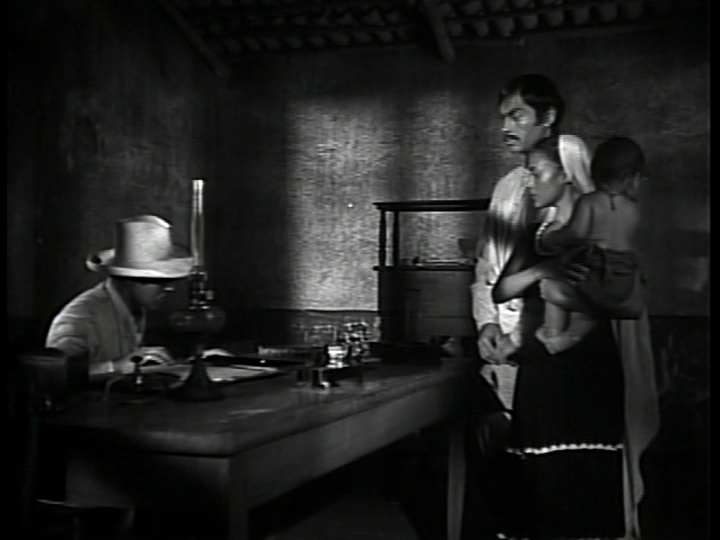|
Genres:
- Barbara Steele Films
- Jonathan Demme Films
- Mad Doctors and Scientists
- Prisoners
- Rebellion
- Strong Females
Response to Peary’s Review:
Peary argues that this “New World picture”, written and directed by Jonathan Demme, was the “best sexploitation film of [the] era, completely overcoming stringent dictates of [the] inherently misogynist women-in-prison genre.” He adds that “Demme deliberately reverses [a] formula which had sex and nudity being supplemented by action, and — with the exception of one scene — refuses to equate violence, or the threat of violence, toward women with sex, or to use female-in-peril/agony scenes to titillate male viewers.” He notes that “much is praiseworthy” about this film, including “the strong, intelligent women” and “the authentic depiction of U.S. prisons as cruel, dehumanizing institutions where prisoners lack privacy … , where some hostile prisoners are given shock treatments or lobotomies, [and] where drugged prisoners are tricked into signing forms that allow doctors to perform hideous, permanently debilitating operations on them.” (Much of this remains all-too-true about modern-day prisons in the United States.)
Peary adds that “Demme did away with the disproportionate use of white and black characters which typically has only one black in a lead role, and the objectionable emphasis on female breasts”, instead often “deglamoriz[ing] the women, showing them on the toilet and looking ill, or with food in their mouths, or even dressed up like baggy-pants male comics, mustache and all.” He writes that the “film has great pacing and [an] exciting escape finale”, as well as a “well chosen” cast — including Barbara “Steele, in a part Demme wrote with her in mind” performing “the strongest role of her strange career”; “beautiful and talented sexploitation vet Roberta Collins do[ing] some comedy; Gavin, whose eyes grow tougher as the film progresses, and adorable Rainbeaux Smith handl[ing] non-dialogue moments especially well; and [Juanita] Brown and Ella Reid exhibit[ing] command and confidence.”
Peary elaborates upon all these ideas in his first Cult Movies book, where he notes:
“While most films of the genre seem to have been created in a cinematic vacuum by directors who had never seen a movie in their lives, Caged Heat makes Demme’s cinematic roots quite evident. Several prison sequences remind one of Raoul Walsh’s White Heat (1949). Demme’s use of John Cale’s fine blues score (with harmonica whining during outdoor sequences) is similar to Arthur Penn’s playing of Flatt and Scruggs’s “Foggy Mountain Breakdown” during the speeding-car sequences in Bonnie and Clyde (1967). When Jackie [Gavin], Maggie [Juanita Brown], and Crazy [Lynda Gold] go to rob a bank and find another group of bankrobbers already there, we might easily flash back to the bungled bank robbery in Woody Allen’s Take the Money and Run (1969), when two gangs simultaneously pull out their guns. When we are presented with a close shot of a wall in the prison mess hall which has on it the writing ‘Don’t Throw Food’ and the wall is immediately struck by flying food, [one recalls] the opening of Mark Robson’s Youth Runs Wild (1944) with its street sign reading “Drive Slowly — We Love Our Children” immediately knocked over by a carelessly driven truck.”
With all that said, Peary adds he “doesn’t want to give the impression that the style or content of Caged Heat is not singular to Demme”, given that overall it’s “like few other films.” I agree with Peary’s overall positive assessment. Caged Heat — while most certainly a women-in-prison exploitation film — is surprisingly intelligent, well-acted, creatively shot, and exciting. It’s held up well, and remains worth a look as a justified cult favorite.
Redeeming Qualities and Moments:
- Strong direction, cinematography, and editing
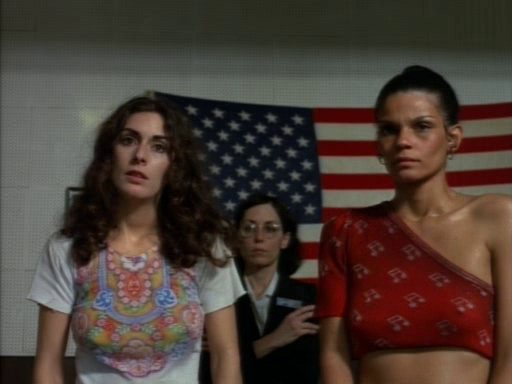
- John Cale’s score
Must See?
Yes, as a cult favorite.
Categories
Links:
|

